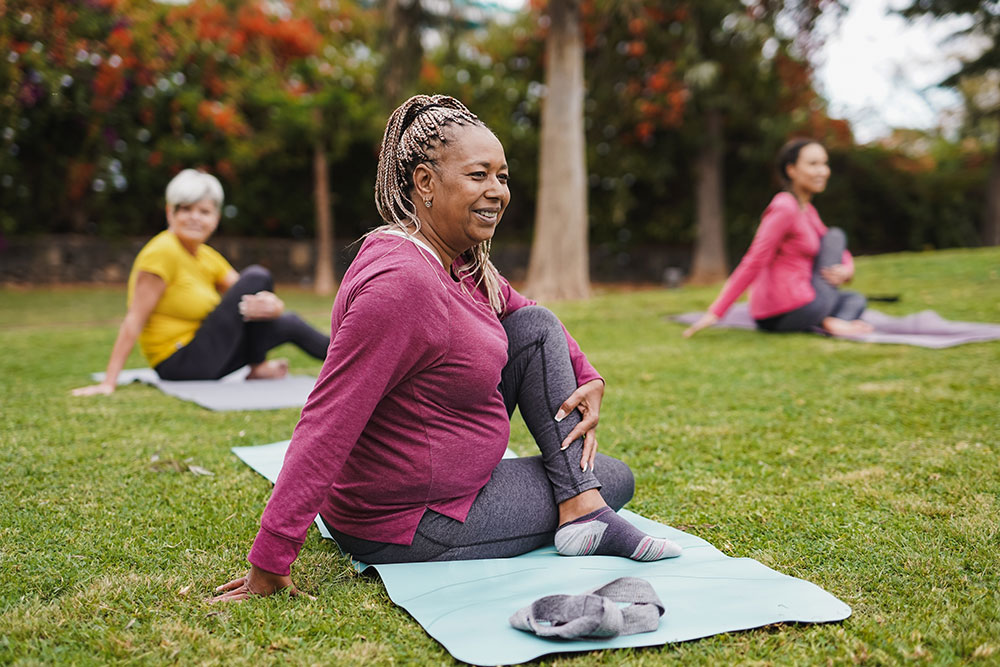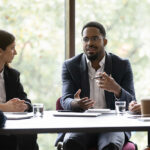
No matter how skilled or well-trained your staff are, mistakes can and do happen in every workplace. In fact, human error is often cited as the underlying cause of the majority of accidents and incidents at work, according to the Health and Safety Executive (HSE).
Everyone makes mistakes, to ‘err is human’ after all. Given this eventuality, how to prevent human error in workplace? While it is perhaps impossible to prevent people from ever making mistakes, steps can be taken to decrease instances of human error and improve your employees’ health and safety overall. By being aware of the underlying causes of human error, employers and supervisors can act to reduce risk factors and create safer work environments.
In this article, we will go over the impact of human error on workplace safety, look at what causes human error and provide you with effective measures you can take to reduce the risk of accidents caused by human error at your place of work.
What is Human Error?
What is human error in safety terms? The answer is not as straightforward as you may think.
Human error is often defined as any accident or incident caused by the actions of a person and not by the failure of machinery, equipment, tools or surroundings. However, this definition is overly simplistic.
Any accident or incident caused by a person who did or did not perform a task or action correctly is defined as being caused by human failure, according to the HSE.
The concept of human failure can be divided into two main categories:
Human error: A person whose actions or decisions results in unintended consequences.
Violations: A person who has deliberately deviated from health and safety rules or procedures or best practices.
It should be noted that violations can often be well-intentioned and are not always the result of malicious non-compliance. Workers that take ‘short-cuts’ to improve efficiency can violate health and safety procedures and cause accidents, despite having the best of intentions.
The difference is that violations are intentional, while accidents and incidents caused by human error are unintentional.
The Most Common Types of Human Error
There are three types of unintentional common human errors: slips, lapses and mistakes. Slips and lapses usually happen when people are undertaking familiar tasks and do not give their full attention over to their duties. Mistakes can occur because a person does not fully understand rules and procedures or does not know how to correctly perform a task.
The three most common types of human error according to HSE guidelines are:
- Slips: A slip is when a worker does not perform an action in the correct manner
- Lapses: Lapses happen when a worker forgets to perform a task or performs a sequence of tasks in the wrong order
- Mistakes: Mistakes are when a worker fails to make the right decision because of a lack of knowledge about their task or about the rules surrounding their duties
Common causes of human error include:
- Insufficient health and safety training
- Inadequate work instructions
- Fatigue from overwork
- Distractions from co-workers or the public
- Boredom from performing repetitive tasks
- Unrealistic deadlines that create time pressure
- Issues with equipment or machinery
- Organisational problems
- Poor working environments
- Personal stressors, such as drug or alcohol abuse, family issues, poor health, etc
Some Examples of Human Error
Slips, lapses and mistakes most commonly occur because of a range of factors involving training, working conditions, and health and safety procedures. Human error can be the result of inexperience with a task, poor training, being overloaded with work, from having to concentrate on difficult tasks for long periods or from having to perform repetitive tasks for long periods.
What are some examples of human error? It is instructive to look at examples of human error from each of the three main categories:
- Common slips can include starting equipment before putting on the appropriate safety gear, operating equipment in the incorrect manner, or applying a correct procedure to the wrong object
- Examples of lapses are when workers forget to secure hazardous equipment such as scaffolding, confuse similar tasks, do not follow the correct steps when completing a task, or overlook crucial details
- An example of a mistake could be overloading a piece of machinery, inadvertently performing a task incorrectly, or misunderstanding instructions and causing damage to equipment or injury to oneself or co-workers
Safety Consequences of Human Error in the Workplace
Accidents and incidents that arise because of slips, lapses, and mistakes can have severe health and safety consequences. What are the four consequences of human error?
- There may be an impact on the quality of ongoing work
- There may be equipment or machinery that must be replaced
- The financial cost of the accident or incident may have a negative effect on the business
- There may be a significant human impact from the accident or incident. Workers may be injured, fatalities may occur, and witnesses and victims may be left psychologically traumatised
How You Can Manage Human Error in the Workplace
Human error is not random. It is based on normal behaviours that can be predicted, identified, and managed. Understanding the factors that cause slips, lapses and mistakes can greatly assist employers and managers in identifying why human errors occur. This knowledge can lead to the implementation of better health and safety procedures and more effective control measures.
You can manage human error in workplace by ensuring that staff are issued with clear instructions on how to perform their tasks and that they fully understand what is expected of them. Tasks should only be assigned to employees who are skilled and experienced enough to handle them.
Deadlines should be reasonable and achievable. Workers may require rotating duties to avoid burnout or boredom. Equipment, machinery and personal protective gear (PPE) should be regularly inspected and maintained to ensure they are in proper working order.
The work environment should be made as comfortable as possible. Workers should receive appropriate supervision and be able to get assistance if needed. Distractions and interruptions should be minimised or eliminated where possible.
Avoid Human Error with Health and Safety Training
A crucial aspect of avoiding human error is to provide staff with appropriate health and safety training. Health and safety training will give supervisors, managers, and employees the skills and knowledge to be able to identify and eliminate or mitigate workplace risks. If an accident or incident does occur, then bystanders will know how to aid injured co-workers or act to effectively control a hazardous situation.






















































































































































































































































































































































































































































































































































